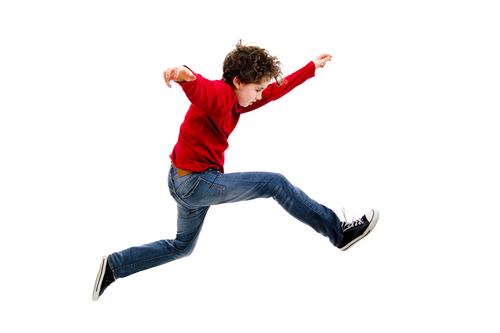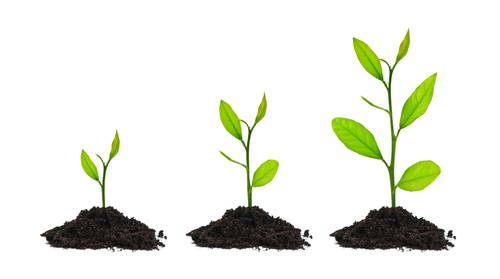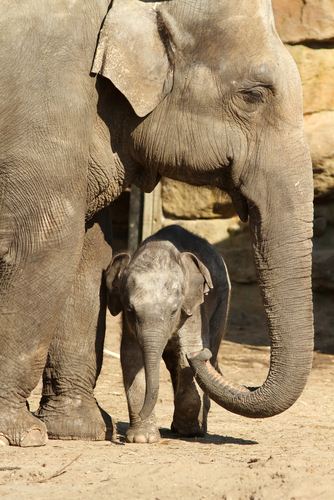All living things perform seven processes that distinguish them from non-living things.
To be able to remember them, use MRS GREN, but feel free to make up a word or phase of your own. MRS GREN goes like this:
Movement: Animals move to escape danger or to find resources, just like food and plants move as they grow towards the Sun and their roots grow to find water.

Respiration: All organisms respire, using glucose from food and oxygen from the air, to release energy.
Sensitivity: Living things sense changes in the environment around them so they can adapt to those changes, for example, we sense it when it gets hot and we try to cool ourselves down.

Growth: Growth is necessary to increase in size and to replace damaged and dead cells.

Reproduction: Living organisms have to reproduce, so their species does not die out. That is why humans have babies.

Excretion: Waste products of respiration have to come out of the body through the kidneys, skin and lungs in animals and stomata (small openings on leaf) in plants.
Nutrition: Living things need food to keep them going and they have different ways of taking those nutrients and breaking them down to what is useful for them.

